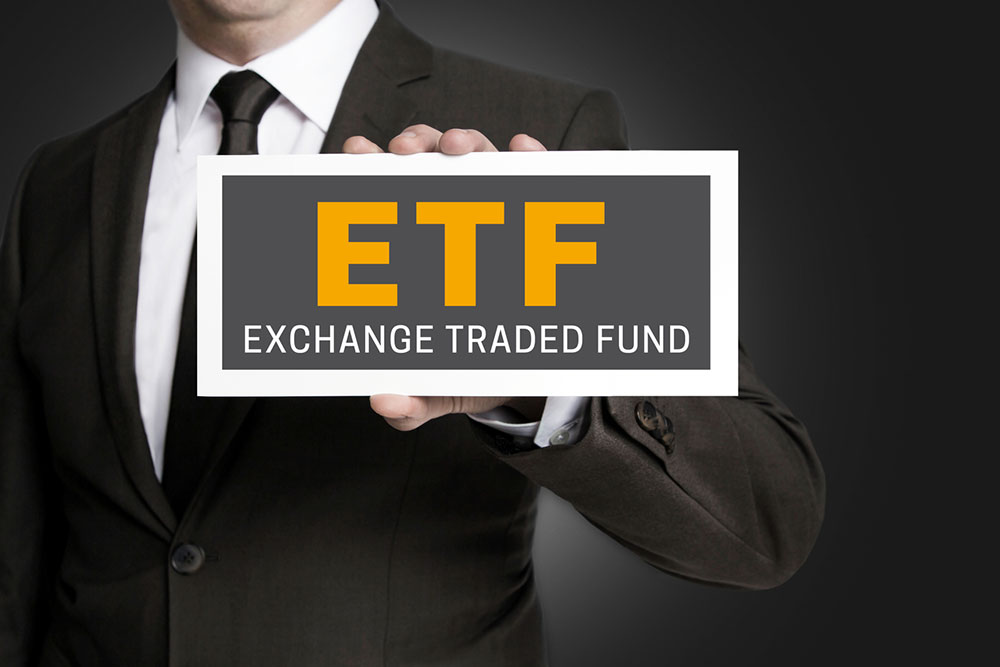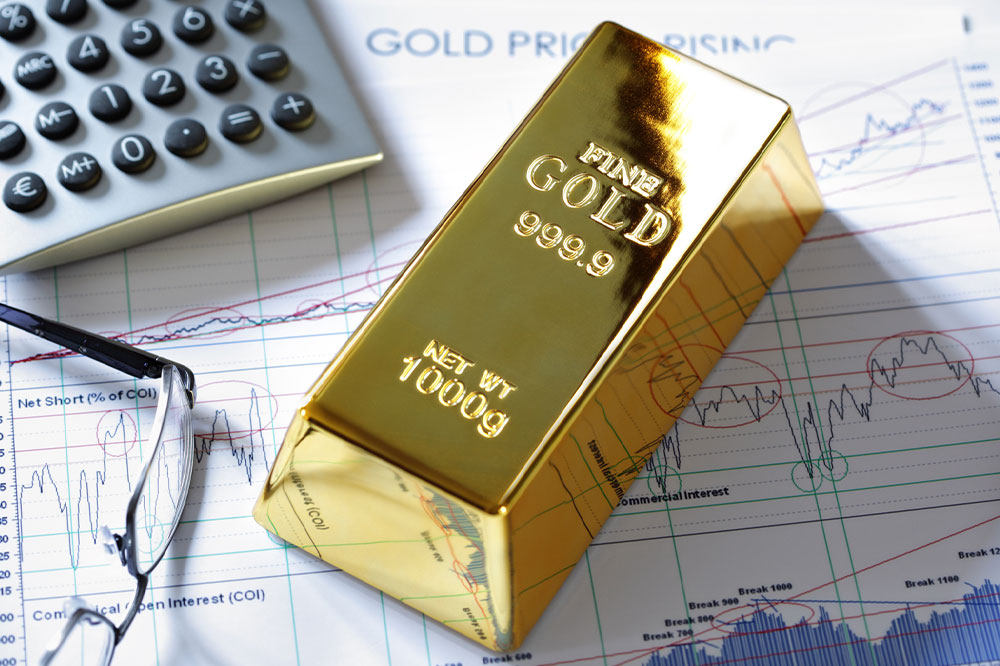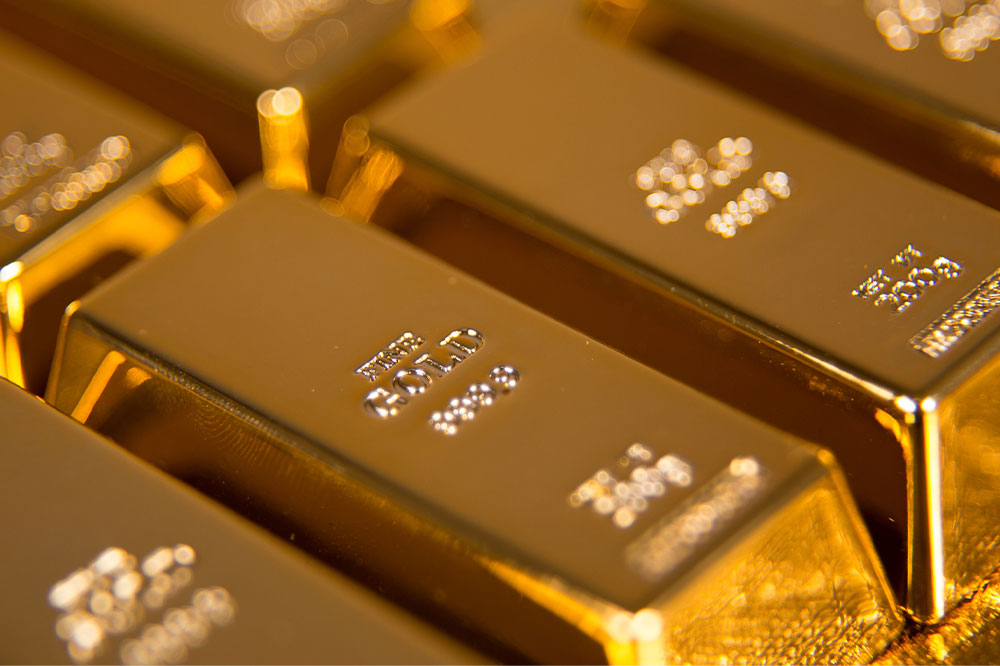11 common mistakes to avoid when investing in ETFs

Investing in Exchange-Traded Funds (ETFs) offers a simple and diversified way to participate in the financial markets. But, even experienced investors can make some mistakes that can hinder the growth of their investment portfolio. So, it is essential to understand the common ETF-investing mistakes and learn how to avoid them. Whether newbies or seasoned investors, understanding some common pitfalls can help investors make informed decisions and achieve their financial goals.
Neglecting research – the foundation of sound investing
Before venturing into the ETF market, conducting thorough research is essential. Many investors overlook this critical step, which can lead to uninformed decisions and potential losses. Take the time to understand the underlying assets, investment objectives, and historical performance of the ETFs. Neglecting research can result in significant setbacks. With thorough research, one can make informed decisions to mitigate risks and maximize investment potential.
Overlooking expense ratios – the silent erosion of returns
The expense ratio is one of the most commonly overlooked aspects of ETF investing. While it may appear insignificant at first glance, the expense ratio can have a great impact on one’s investment returns over time. Higher fees can eat into one’s profits and erode long-term gains, making it crucial to evaluate the expense ratios of ETFs carefully.







